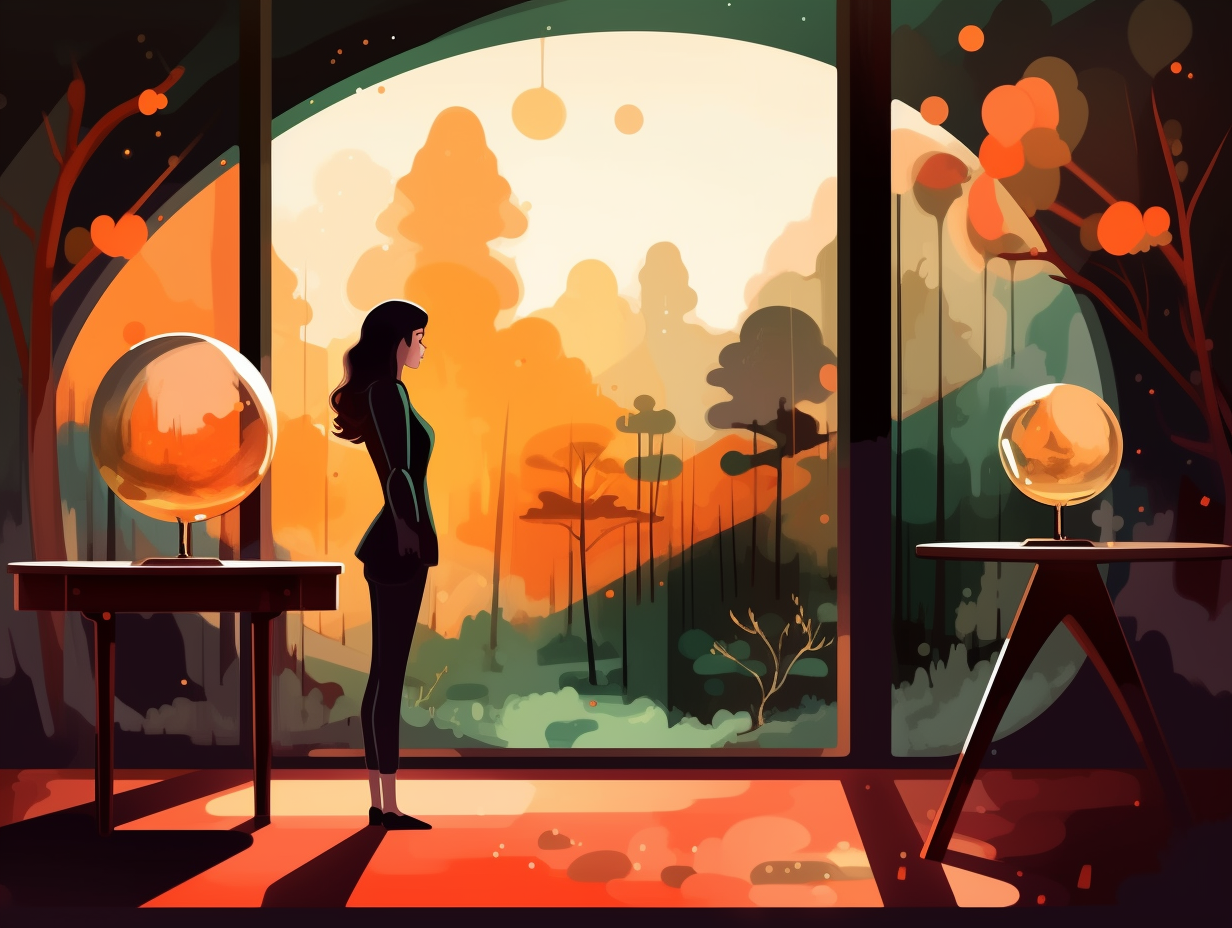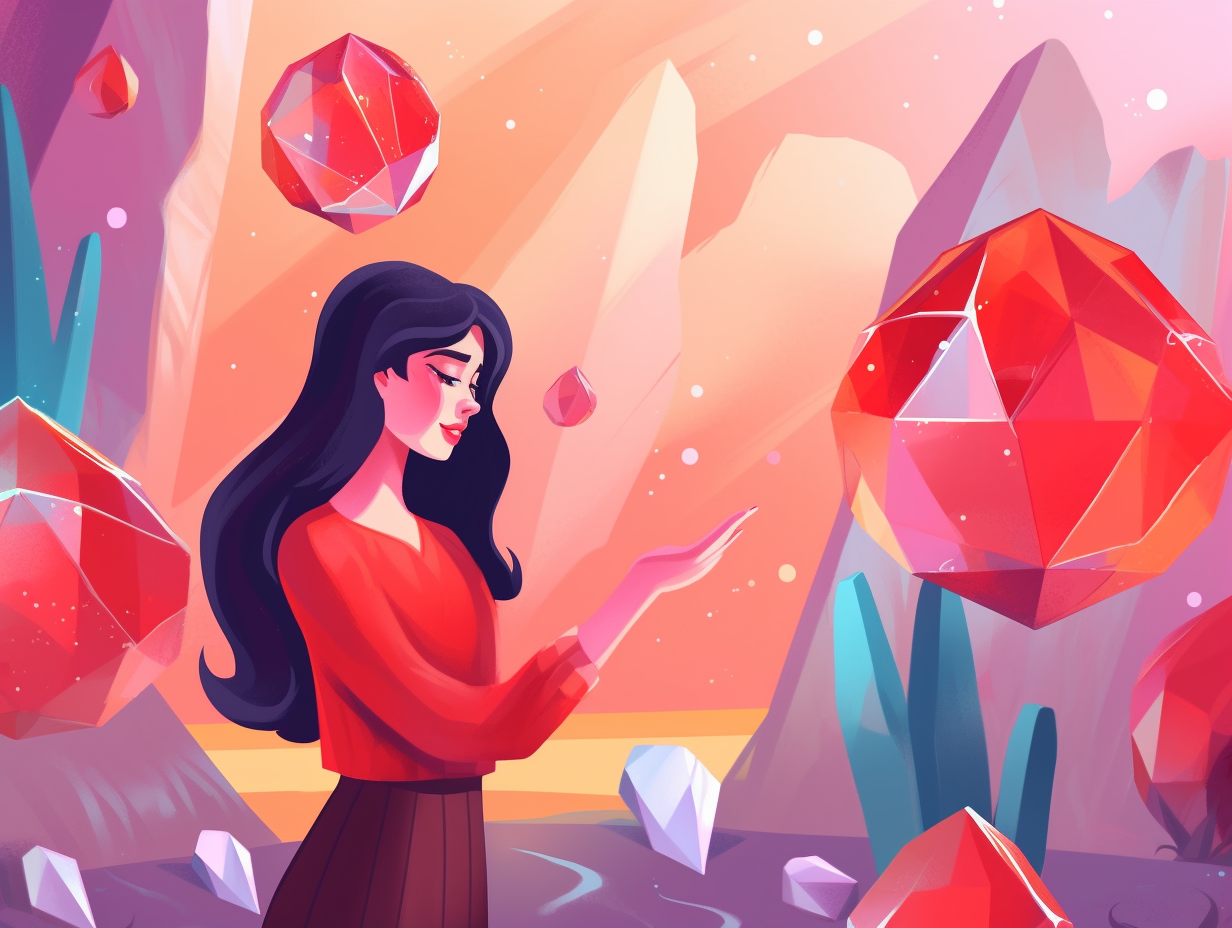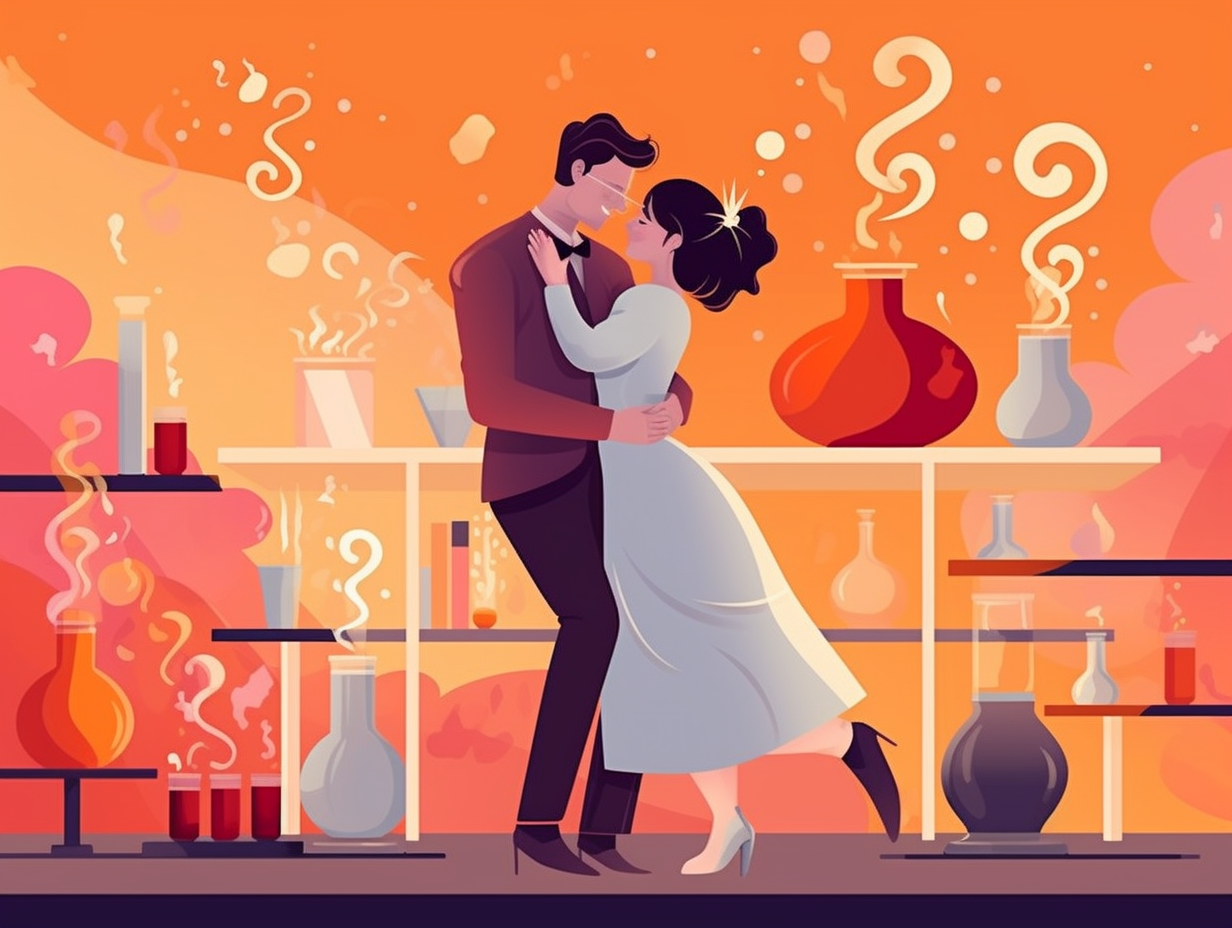9 Eye-Opening Fun Facts About Glass You Simply Can't-Miss!

1. Glass Bottle Ingredients
In a world full of vibrant rainbows, it's the sands of time and a pinch of pixie dust that come together to give us something to store our precious potions: Glass bottles are made from a concoction of silica sand, soda ash, limestone, magnesium oxide, and aluminum oxide, occasionally jazzed up with additional materials like zinc or fluorides to achieve unique colors and properties. Silica sand steals the spotlight, making up a whopping 70 to 74 percent of the bottle's weight, and modern technology ensures that our glass containers are consistently crafted to perfection.
Source => oberk.com
2. Glass: A Solid Imposter
Ah, glass – the window to our soul's insatiable curiosity: This seemingly liquid imposter is, in fact, a solid with no specific melting point, instead undergoing a gradual softening when heated. As it cools, its atoms align in a rigid structure, making it transparent and versatile, and leaving us all as shocked and clear-headed as a pane in the rear end.
Source => science.howstuffworks.com

Did you know crystal sizes are determined by how quickly magma cools? From enormous formations to glassy textures, explore the fascinating world of crystals!
=> Fun Facts about Crystals
3. Medieval Window Pane Thickness
Shuffling to the bottom like medieval partygoers in a mosh pit, the thick base of these ancient window panes has many convinced that glass is a sneaky slow-flowing rascal: But alas, their thickness is actually due to the imperfect rolling technique of molten glass in the Middle Ages, and scientific evidence confirms that glass, as an amorphous solid, retains a structural disorder while still possessing the physical properties of a proper solid.
Source => newscientist.com
4. Cocktail Glass: Taste Bud Chauffeur
Next time you're sipping a cocktail, remember that your glass might just be your taste bud's personal chauffeur, cruising through Gin and Tonic Avenue or Margarita City in style: The shape and size of your cocktail glass directly influences not only the visual presentation but also the taste and aroma of your drink, steering the flavors to specific parts of your tongue and directing the bouquet of scents for a heightened sensory experience.
Source => lovetoknow.com

5. Phoenicians' Accidental Glass Discovery
Talk about a beach barbecue gone right: The ancient Phoenicians accidentally whipped up glass while attempting to cook dinner on the Mediterranean coast, using saltpeter cakes from their ship as pot support, which combined and melted with the quartz sand due to the heat, creating the marvelous, translucent substance we adore today.
Source => phoenicia.org
6. Magical Empress Crystal Ball
If you thought the crystal ball emoji had magical powers, wait till you hear about its ancient Chinese sibling: The Dowager Empress Crystal Ball from the Qing dynasty, weighing a jaw-dropping 49 pounds, was not only one of the largest crystal balls in the world but also played a significant role in ancient Chinese culture and spiritual practices.
Source => tinyrituals.co
7. Tempered Glass: Safety Champ
Picture this: a battle of the glaziers, one tempered to perfection and another just plain old glass, duking it out in a WWE-style arena of window panes and windshields. Who'll emerge victorious? Behold: Tempered glass, our reigning safety champ, shatters into itsy-bitsy, friendly pieces – unlike its less refined cousin, standard glass, which breaks into jagged, treacherous shards. But both contenders sport enviable style in a variety of colors and finishes, from the vintage charm of antique all the way to the smoky allure of grey and frosted – no 'pane' no gain!
Source => weaverglassllc.com
8. Glass Temperature Sweet Spot
Much like Goldilocks in a world of porridge, every glass has a sweet spot when it comes to temperature: The coefficient of expansion, or COE, of glass measures how much it expands or contracts with changes in heat. Ranging from 84-87 for standard window glass to 90 for Bullseye and 96 for Spectrum, this fickle property is crucial to consider when engaging in warm activities like fusing or slumping, lest one's creations yield to stress and shatter before they make their artist glass-half-full!
Source => everythingstainedglass.com
9. Ancient Roman Glass Makers
Roman glass makers were the original "Breaking Bad" artisans of the ancient world: working in separate workshops, the glass makers heated their kilns to 1100 degrees Fahrenheit to transform raw materials like sand and nitrate into glass, while the glass workers would then remelt the raw glass chunks at a cooler 750 degrees Fahrenheit in their own workshops, creatively shaping them into exquisite works of art.
Source => colorado.edu
Related Fun Facts




















